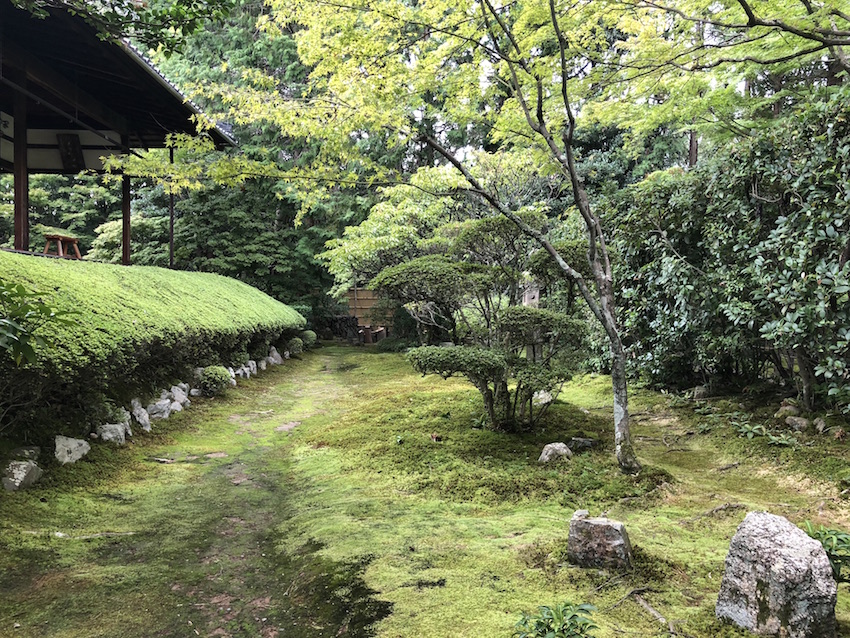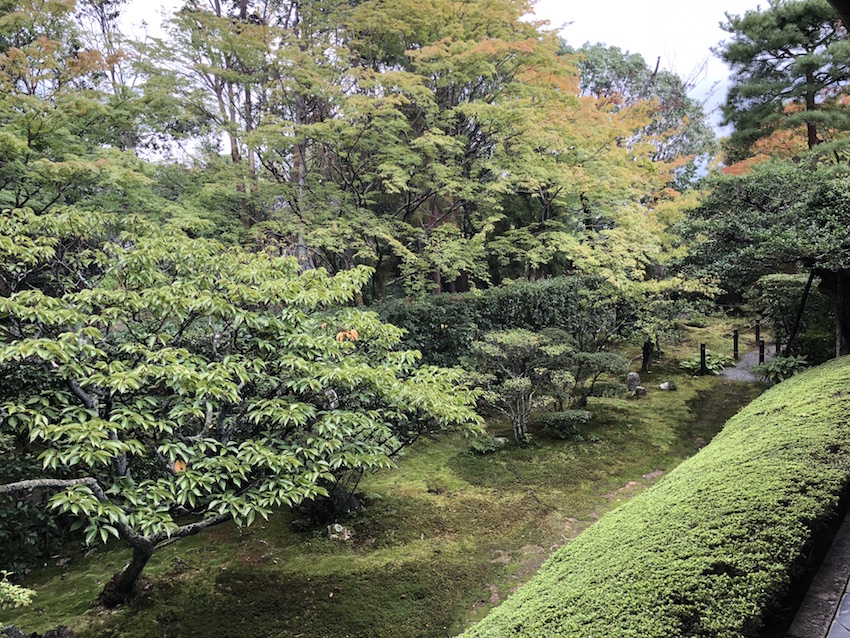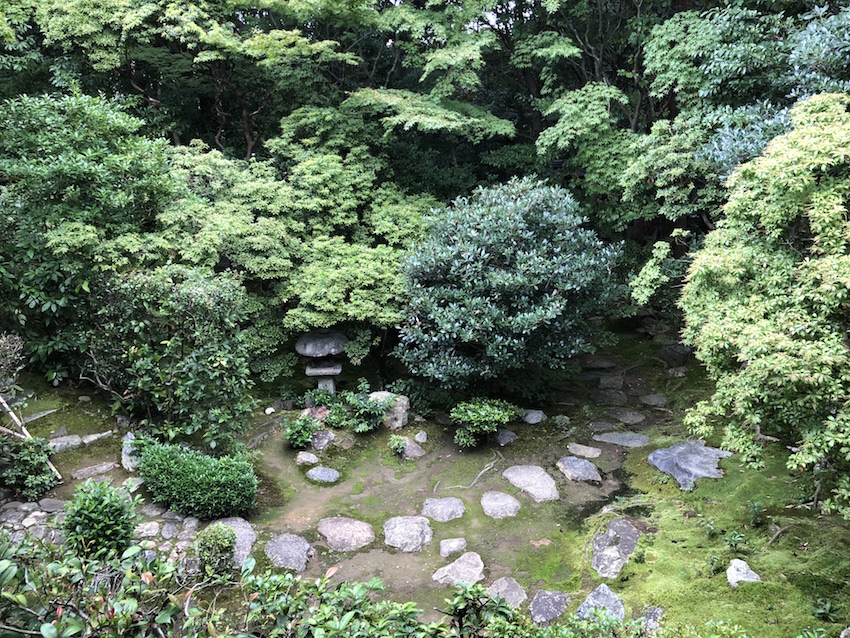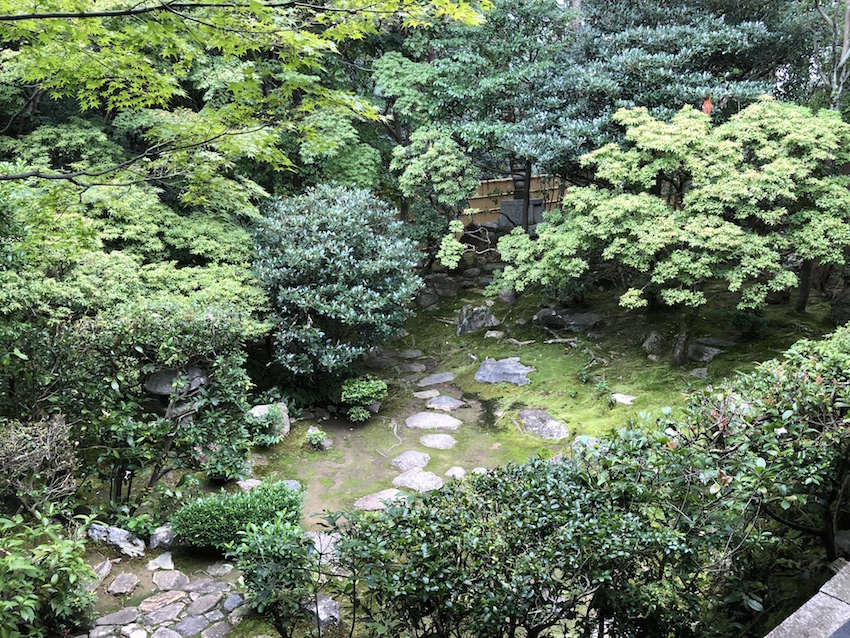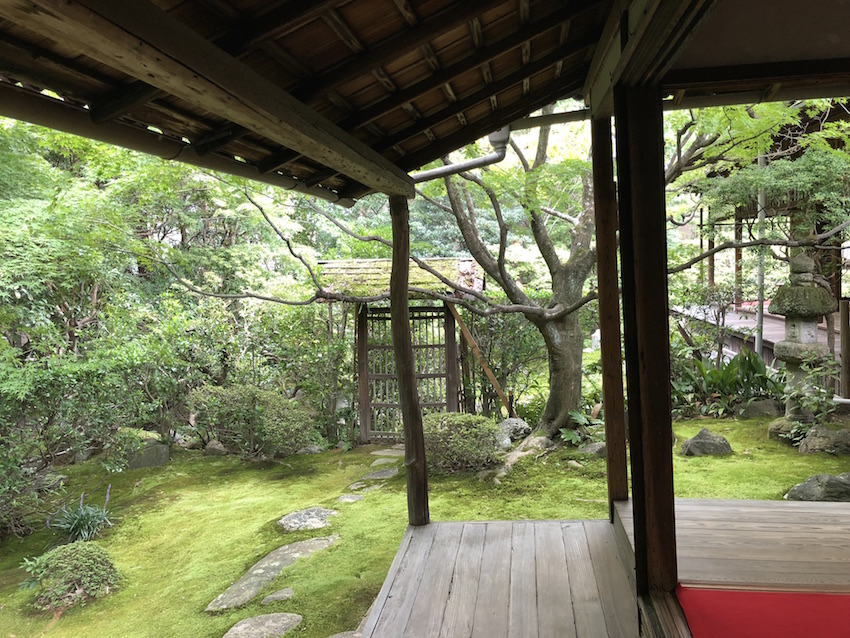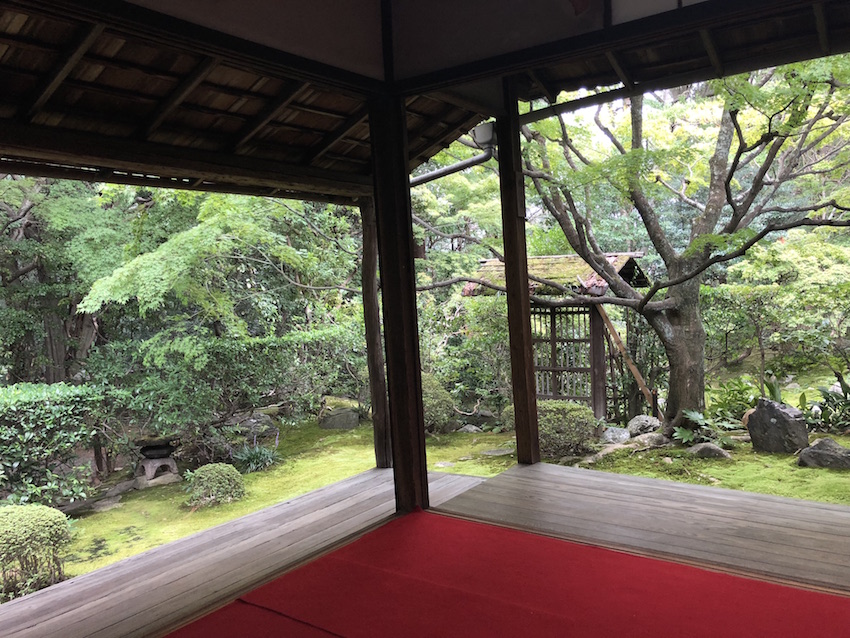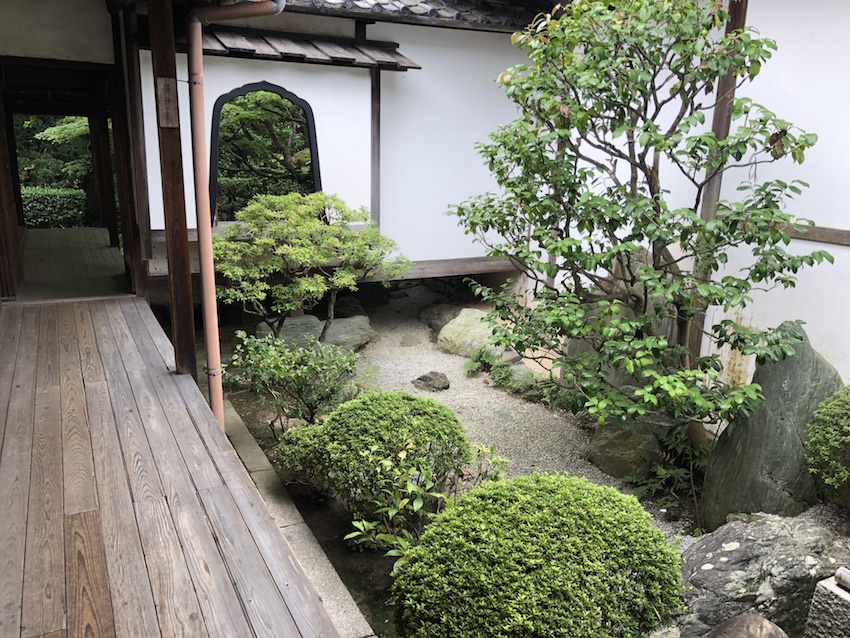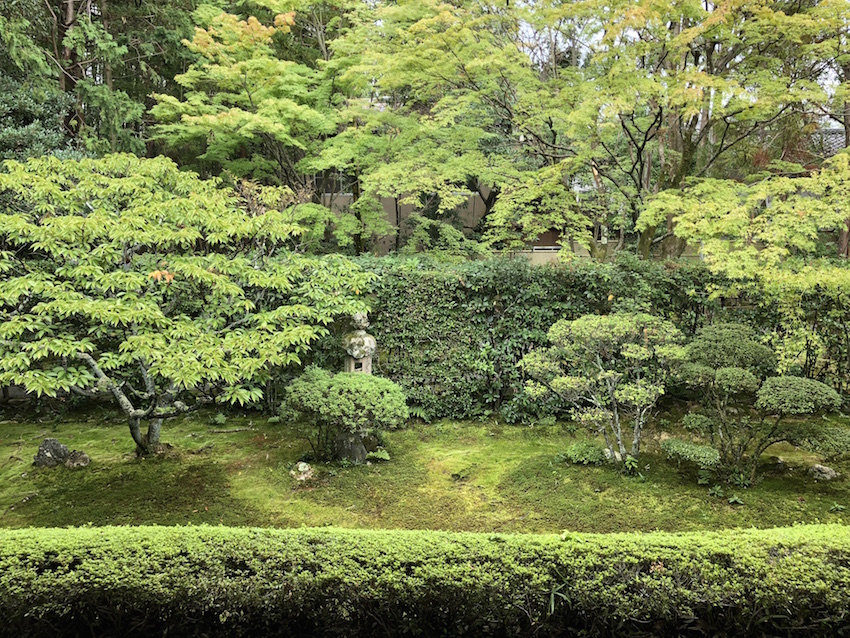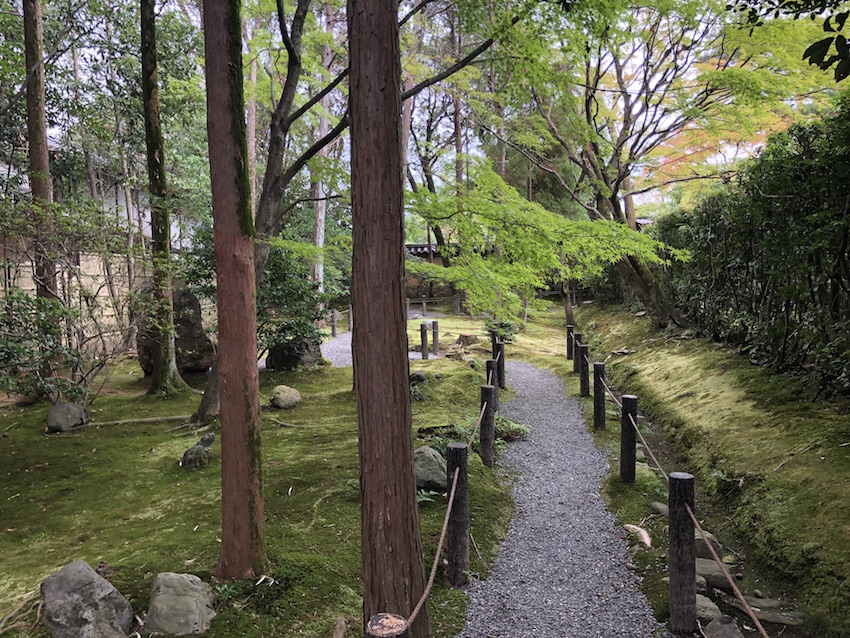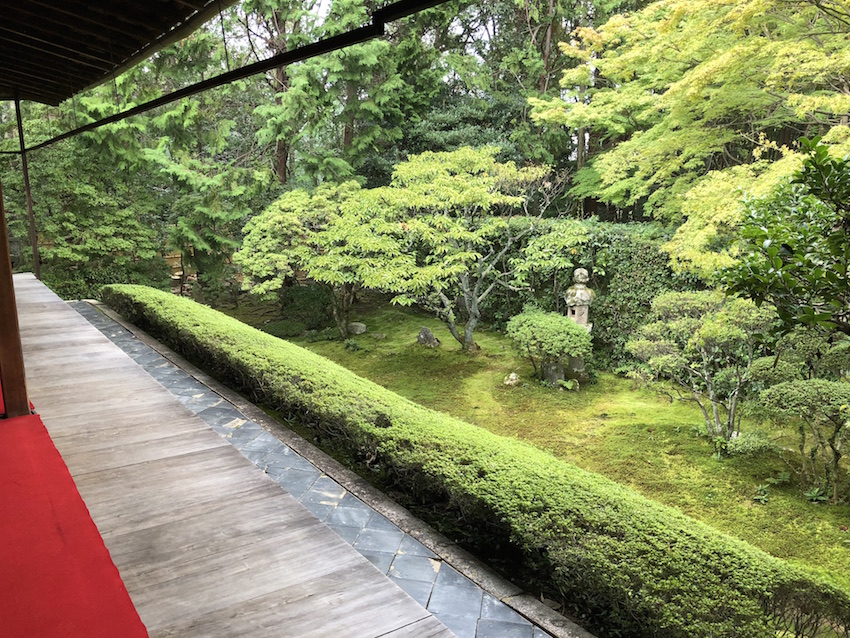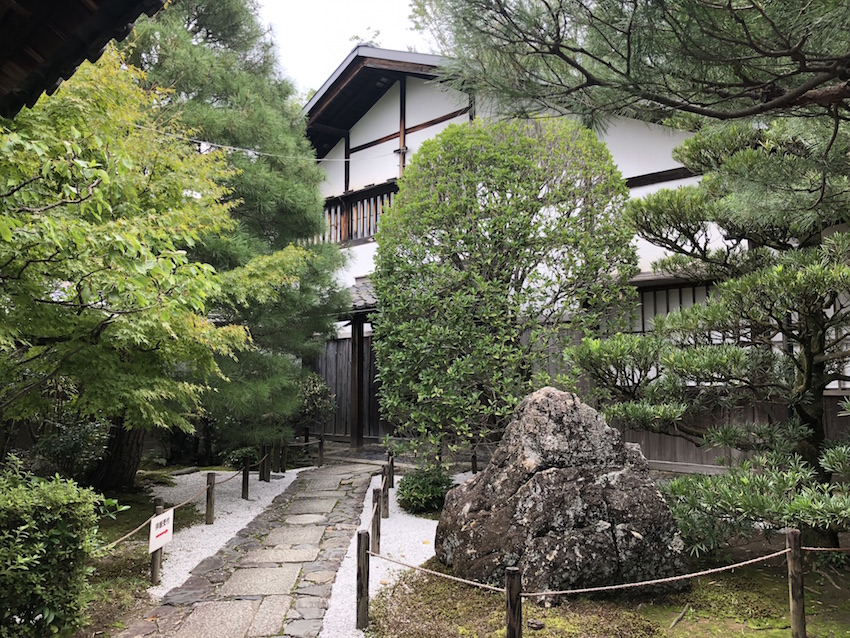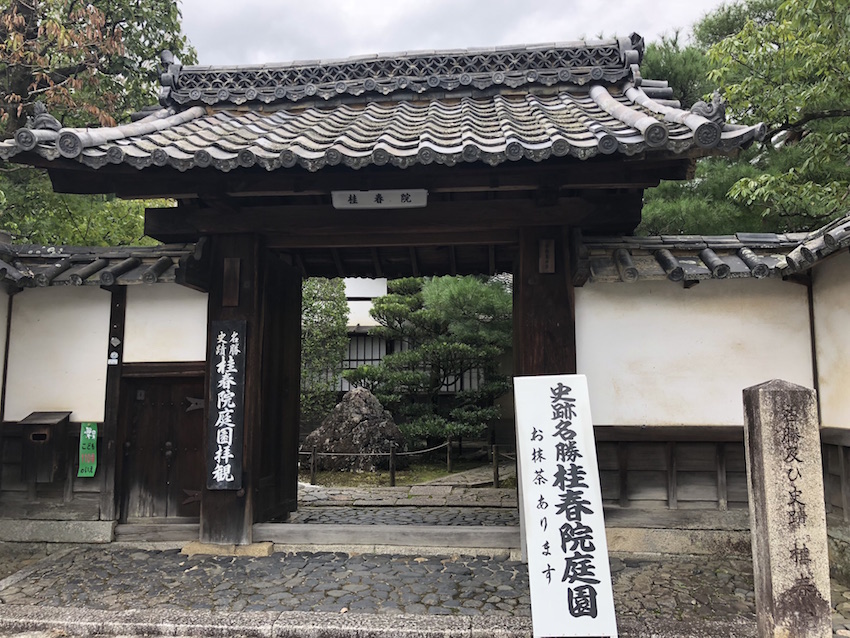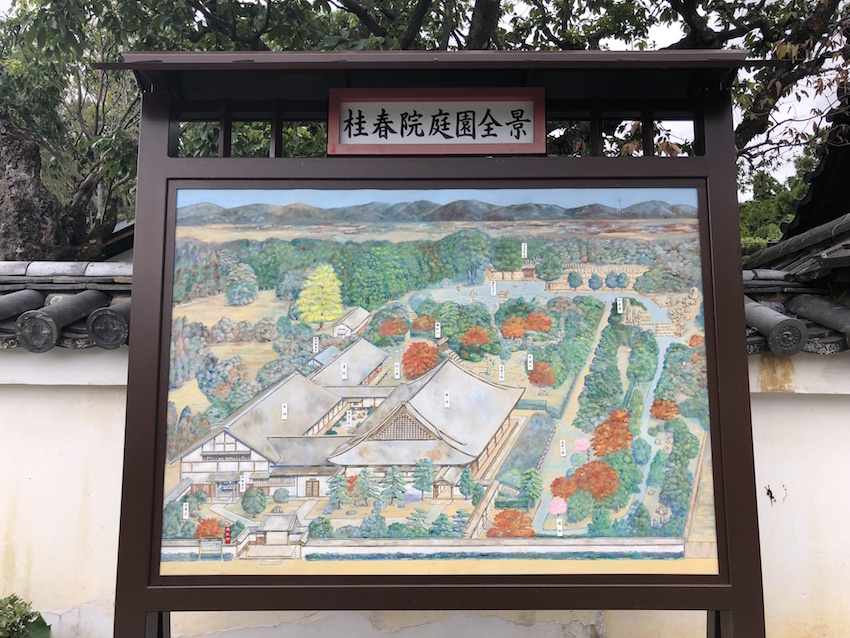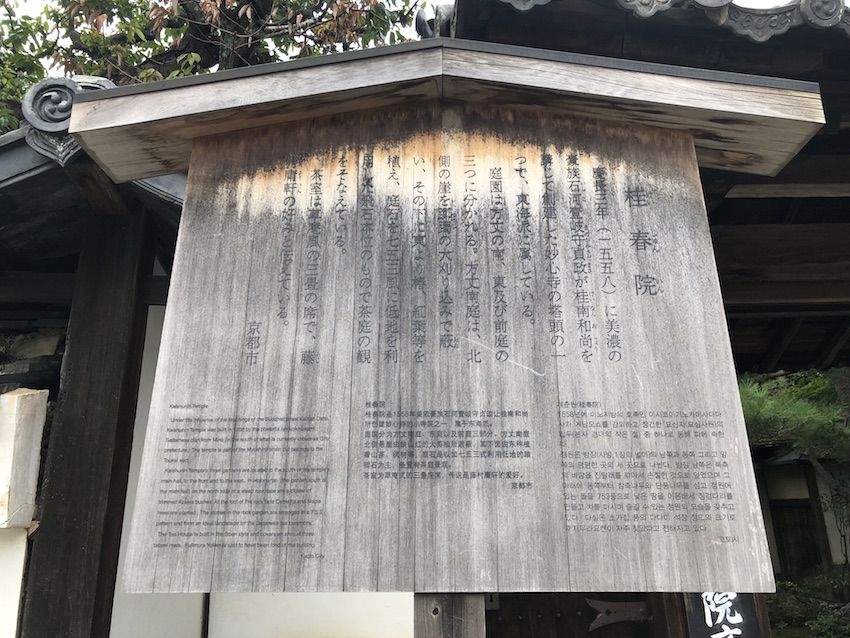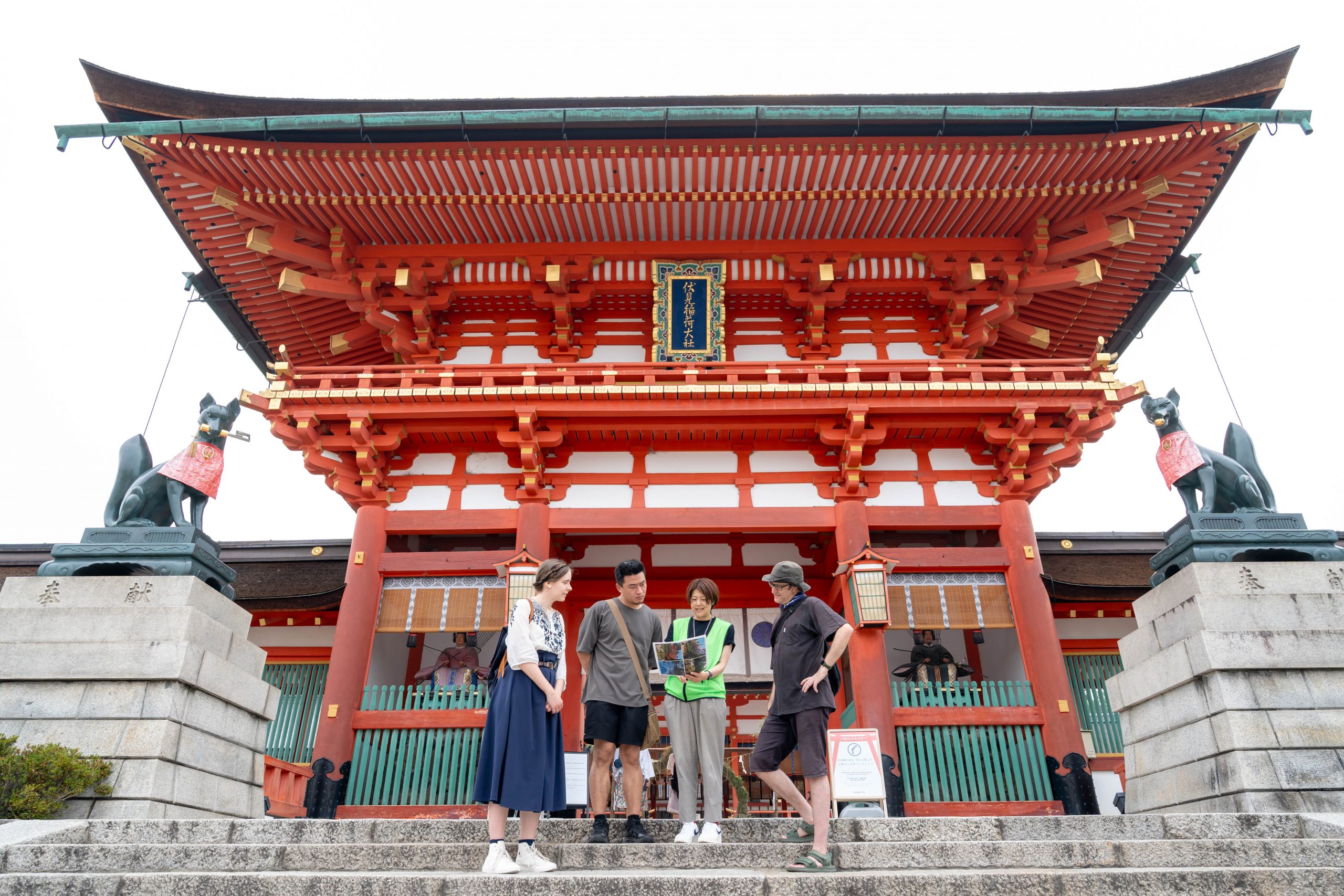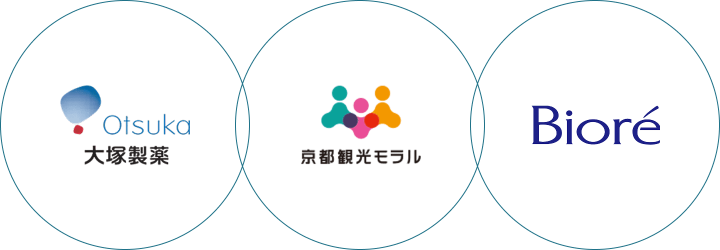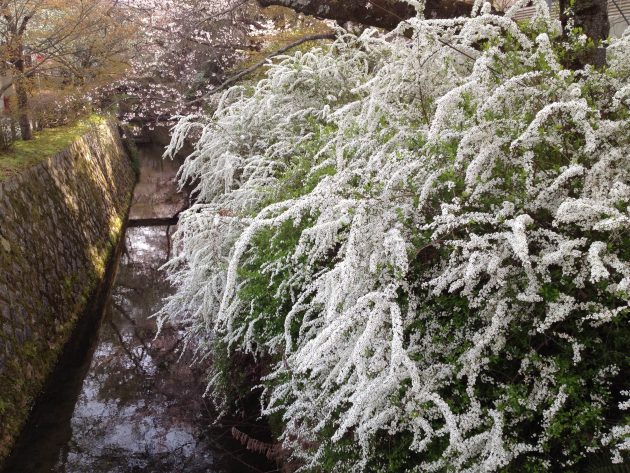About Myoshin-ji Temple and Keishun-in Garden
A sub-temple of Myoshin-ji Temple, Keishun-in Temple is generally open to the public, similarly to Taizo-in Temple and Daishin-in Temple. The temple’s garden, Keishun-in Garden, has been designated as a National Site of Scenic Beauty.
Myoshin-ji Temple, a large temple and one of Kyoto’s most famous, was built in 1337. Even now, there are still many sub-temples remaining, forming a large temple town. The sub-temple located the furthest to the northeast, Keishun-in Temple, was built by Oda Hidenori (also known as Tsuda Hidenori), the second-born son of Oda Nobutada (the eldest son of Oda Nobunaga) around 1568–1600.
Later, many buildings such as the current head priest’s quarters (the temple’s main hall), priests’ quarters and study, were built by Ishikawa Sadamasa (serving both the Toyotomi family and the Tokugawa family, he was the first warrior to slay an enemy in the Battle of Sekigahara). These buildings constructed around the 1600s. have all been designated as Tangible Cultural Properties of Kyoto. Also, the paintings on the sliding screens in the head priest’s quarters are creations of Kano Sansetsu, a student of Kano Sanraku of the Kano school of painting.
The gardens at Keishun-in Temple are comprised of complex, dry landscape gardens:
- The courtyard “Shojo Garden,” the only one of these gardens using white sand (Photograph #4)
- The “Wabi Garden” visible from the study (Wabi Garden/Photographs #5–6)
- The “Shii Garden” that looks out over the stepping stones from the head priest’s quarters built on a raised area (Shii Garden/Photographs #7–8)
- And the largest, “Shinnyo Garden,” known for its use of grass (Shinnyo Garden/Photographs #9–11)
Each of these gardens feature moss for a verdant beauty. The azaleas dazzle in spring, and vivid hues of autumn maples and red leaves color the garden in late fall.
This type of garden where visitors can gaze down over the extensive moss is rare. With a strong ambience of having been built as a tea garden for the private teahouse Kihaku-an, the garden’s creator is not officially known, but based on the year and style, it was likely priest and gardener Gyokuenbo, a pupil of the feudal lord Kobori Enshu. I’ve only visited twice, but no one else was there either time and I was able to look around leisurely. Next time I’d like to visit in late autumn!
(I visited in July of 2014 and September of 2018. The following information is correct as of the dates of my visits. Please check the relevant official websites for the latest information.)
Directions
11 Hanazono Teranonaka-cho, Ukyo-ku, Kyoto City, Kyoto Prefecture 616-8036
Tel
+81-75-463-6578
Website
Myoshin-ji Temple
Access
A 10-min. walk from Hanazono Station on the JR San-in Line (*The map below leads to a separate sub-temple, but keep going a bit further in!) A 6-min. walk from Myoshinji Station and Ryoanji Station on the Keifuku Electric Railroad’s Kitano Line.

